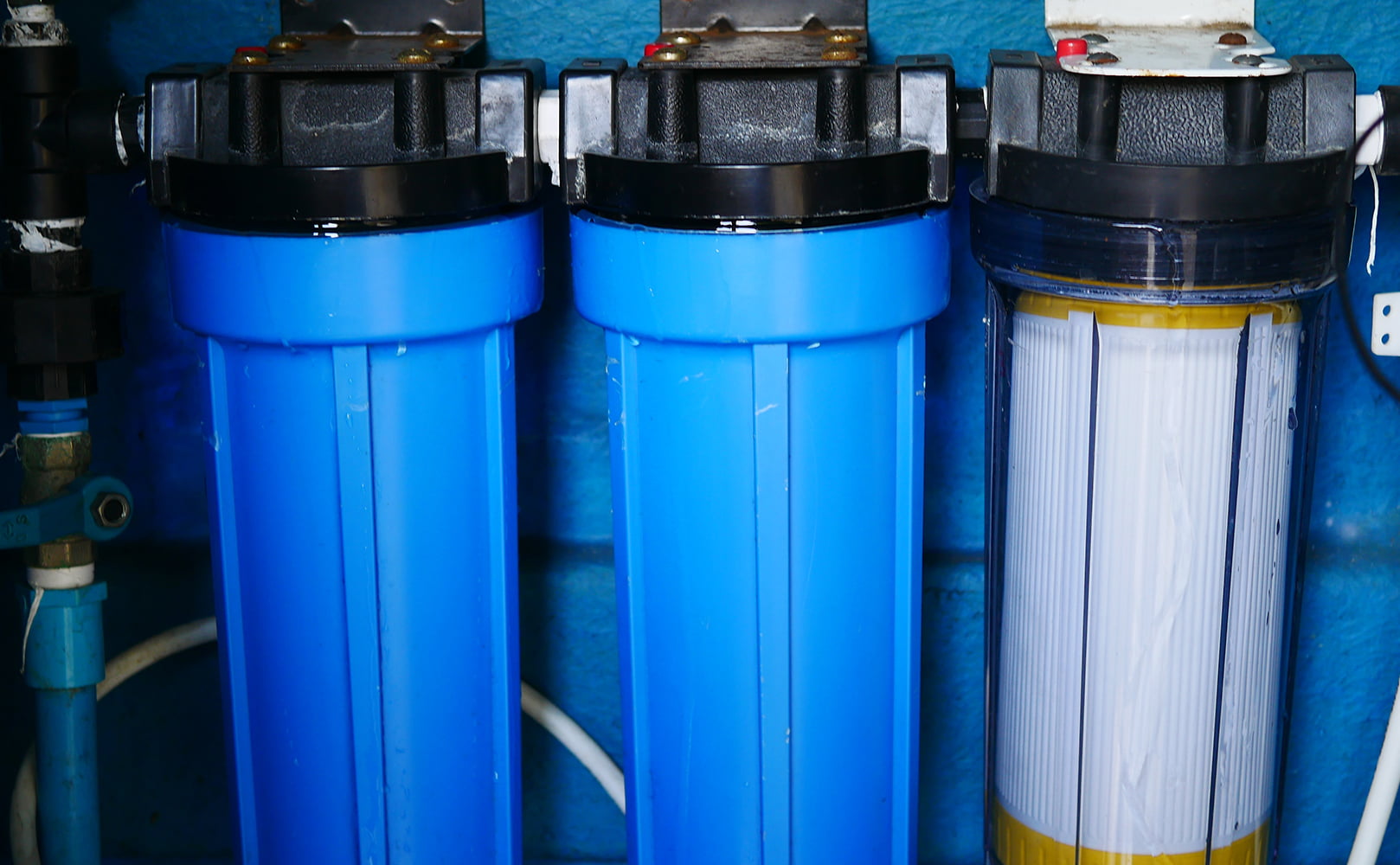Whole House Water Filter – What’s That Red Button?
Written by: Alexandra Uta // Last Updated: May 12, 2023
This page may contain affiliate links. If you buy a product or service through such a link we earn a commission at no extra cost to you. Learn more.
In general, red buttons are usually pressed to indicate an emergency. This means you shouldn’t press them in normal circumstances.
It’s a concept similarly applied to the red button on a whole house water filter, except that the situations when you do need to press it are not usually of dire concern.
Key Takeaways
- The purpose of the red button(s) on many whole house water filters is to release any pressure that may have built up inside the system over time.
- Consult your system’s manual on what scenarios or conditions are appropriate for you to push that red button.
- You will usually use it for maintenance and replacement of filter cartridges.
What Is the Red Button on Top of My Whole House Water Filter?
The purpose of the red button on most whole house water filter systems is to release any pressure that may have built up inside over time.
Although it’s not an emergency button, you should still take caution when pressing it. If you’re not sure whether or not you should press the button on your whole house water filter, it’s always best to consult your system’s manual.
Use Cases: When Should I Press the Red Button?
A good time to press the red button is when you need to replace your whole house water filter cartridge(s). Before starting the process, you should cut off your water supply at the valve and then press the red button to release any water pressure. Be sure to wear safety goggles before this procedure, as water may shoot out.
Problems: Why Is the Red Button on My Whole House Water Filter Leaking?
It’s not uncommon for the red button to cause leaking on your whole house water filter, especially after a recent filter replacement. There are a few reasons for this.
- One cause could be that the O-ring, which is the small rubber ring that helps create a seal, is not properly seated. To fix this, simply press the red button again and check to see if the O-ring is in place. You may have to press a few more times until it looks like it is seated well. Sometimes, the O-ring is not seated because it has deformed over time or is damaged. In this case, it’s best to replace it.
- Another reason for a leaking red button could be a small amount of debris or sediment in your O-ring. You can remove the dirt by depressing the red button several times or cutting off the water feeding the filter and removing the sump.
Should I Even Press the Red Button?
If the red button causes leaking, it’s natural to question the need to press it. Although some manuals will tell you it’s a normal part of the process of replacing water filters, some experienced customers have suggested to never press it.
According to them, once you press the red button, there’s a high chance of it leaking. This is more of a flaw in the whole house water filter system’s design. If you want to relieve water pressure in the system, you can do so instead by turning on a faucet or any other water outlet.
Consult a Professional
If your manual doesn’t hold the answers to why the red button on your whole house water filter is causing problems or malfunctioning, it’s ideal to contact a professional.
Most manufacturers will have a customer service line you can call for assistance. Additionally, many hardware and home improvement stores offer in-person consultations to determine the source of your water filter issues.
If you have any questions about whole house water filters with red buttons please don’t hesitate to leave a comment below!
Information provided on BOS is for educational purposes only. The products and services we review may not be right for your individual circumstances.
We adhere to strict editorial guidelines. Rest assured, the opinions expressed have not been provided, reviewed, or otherwise endorsed by our partners – they are unbiased, independent, and the author’s alone. We fact-check all content for accuracy. It is accurate as of the date posted and to the best of our knowledge.


